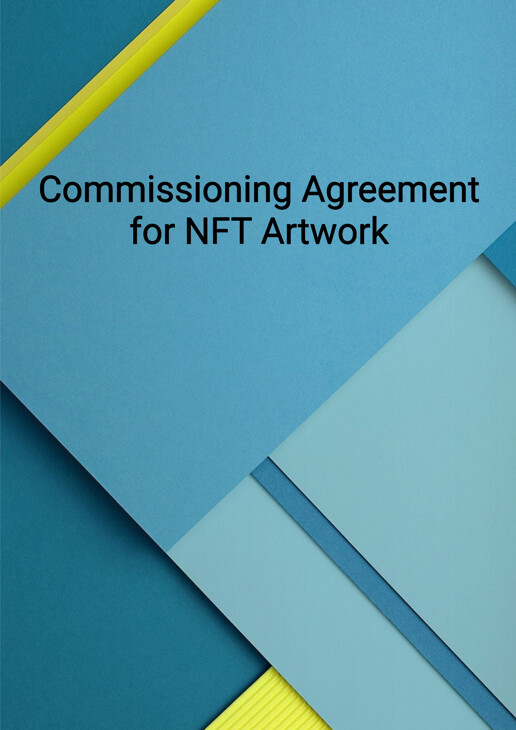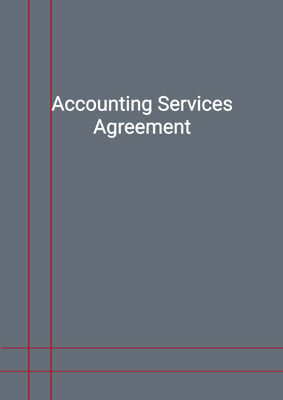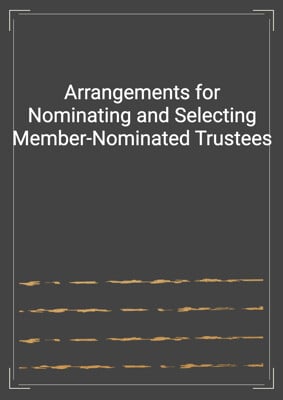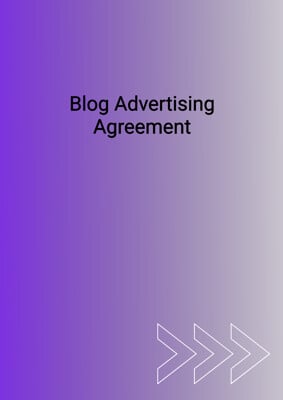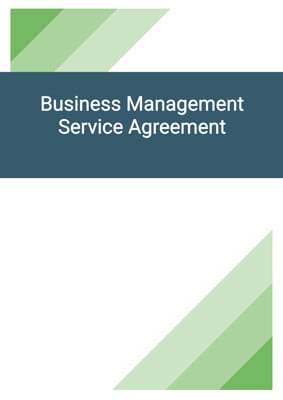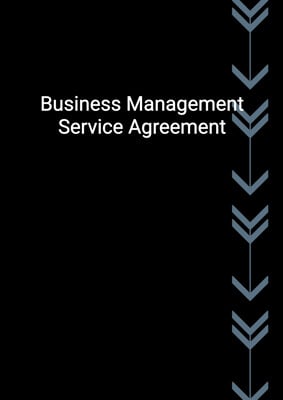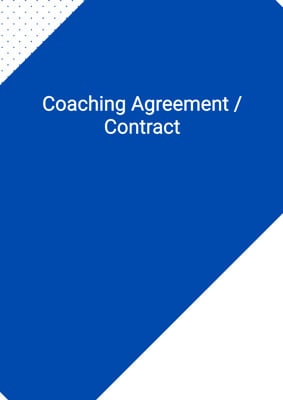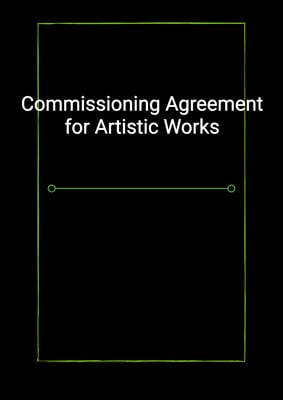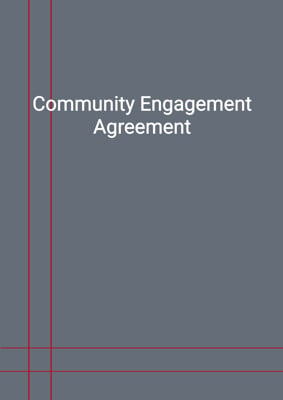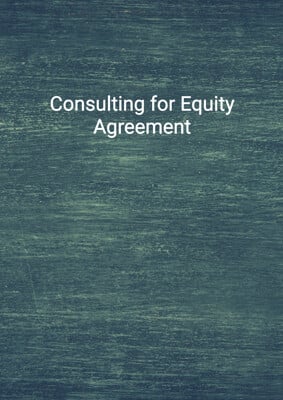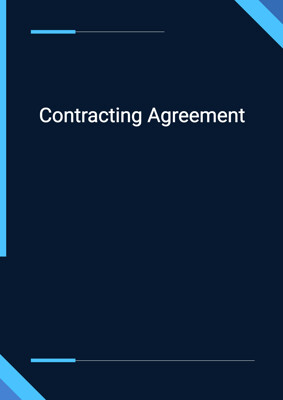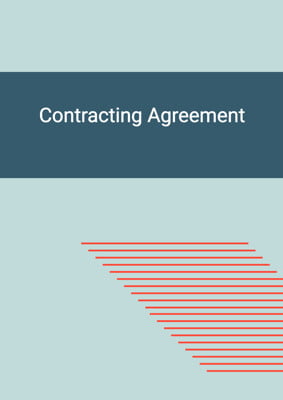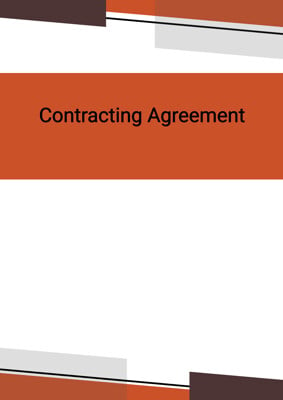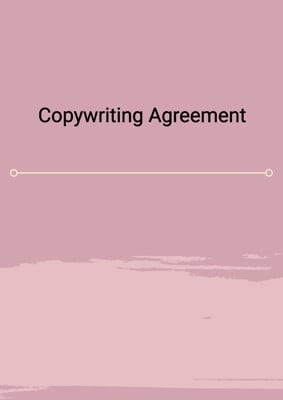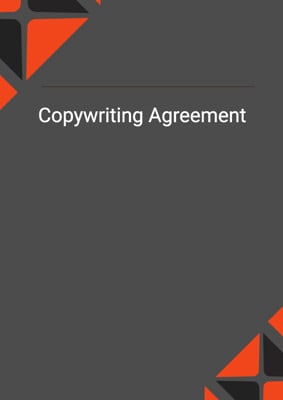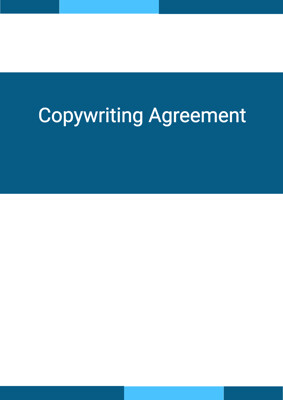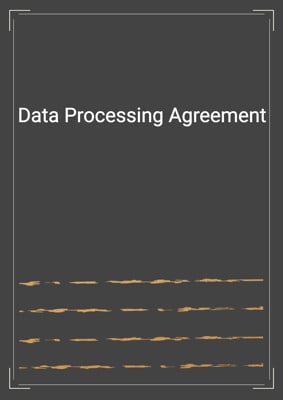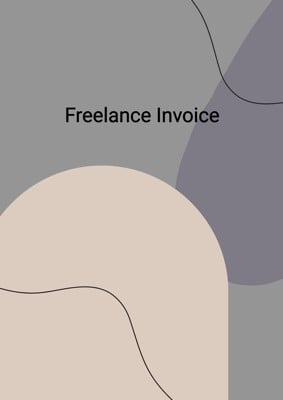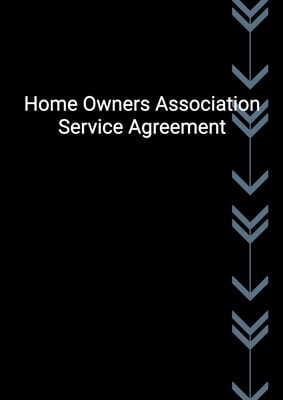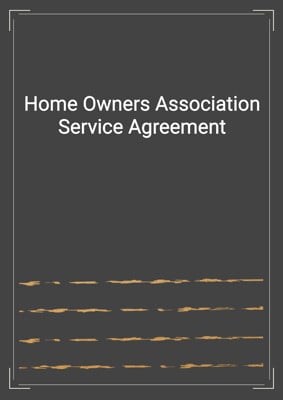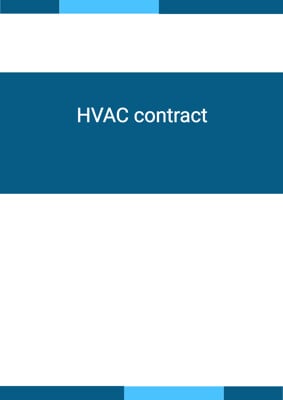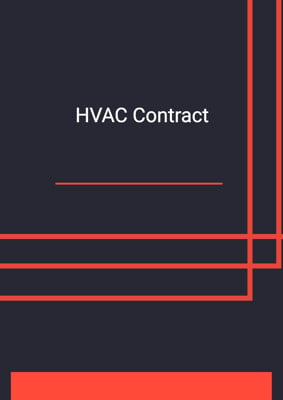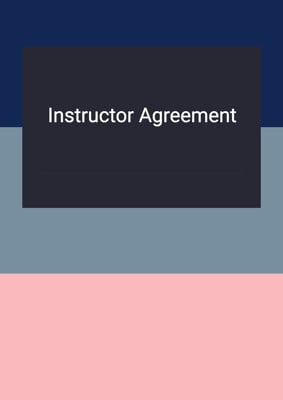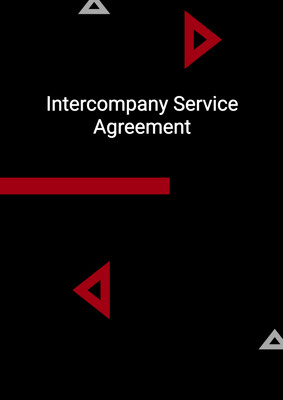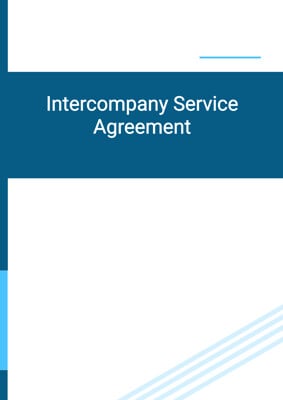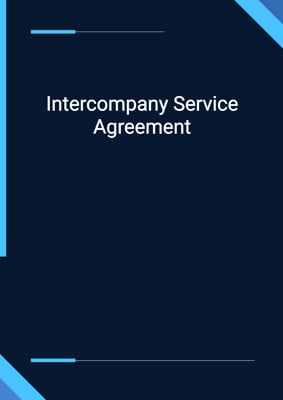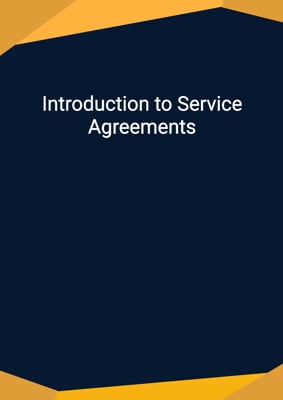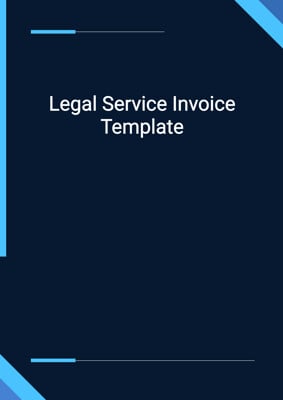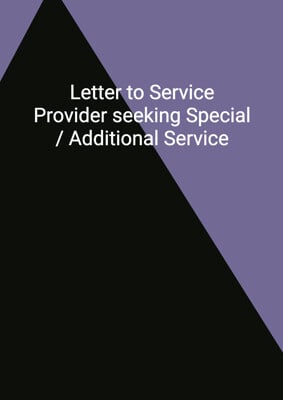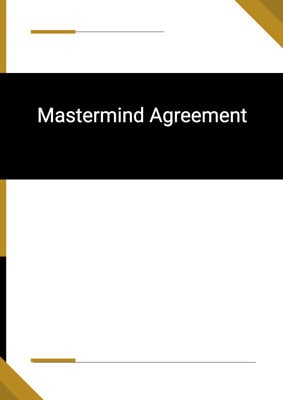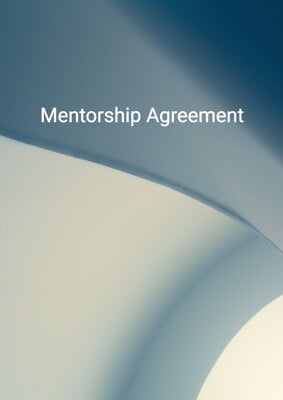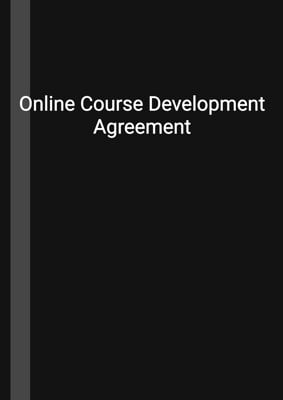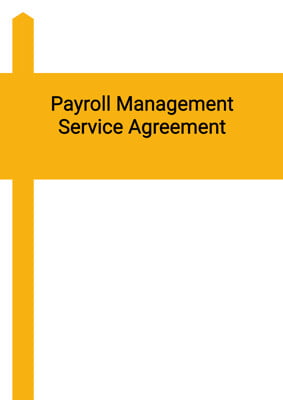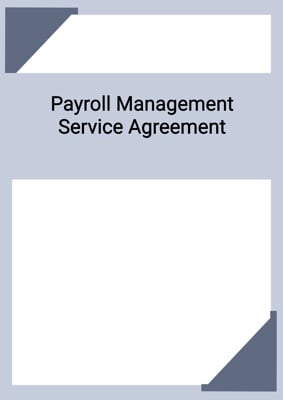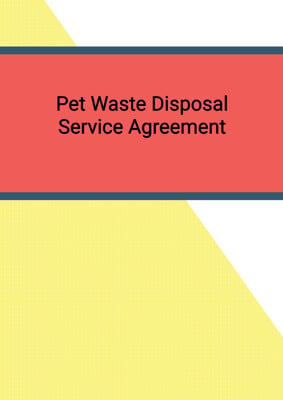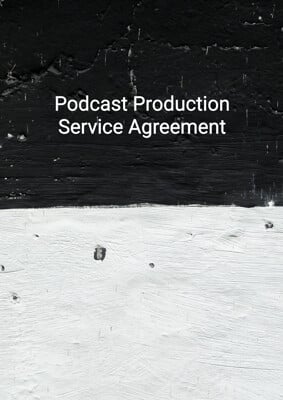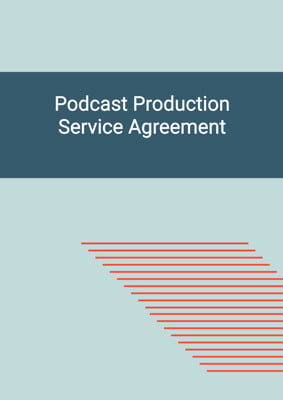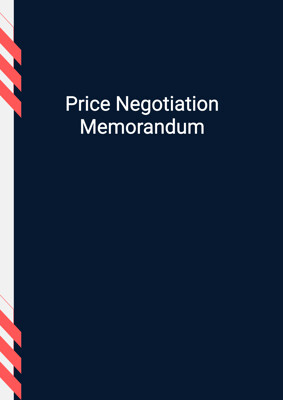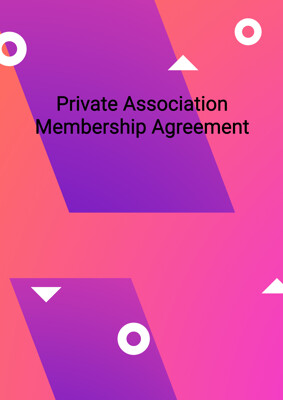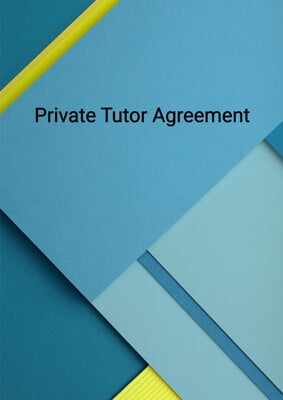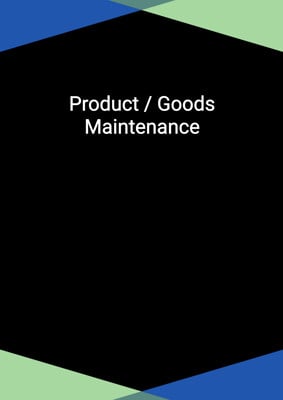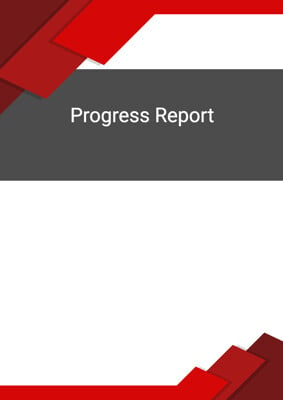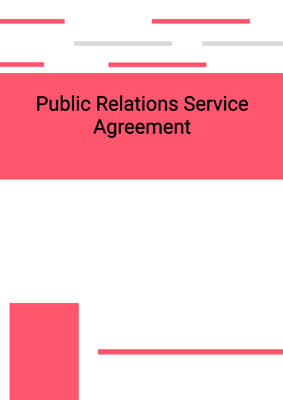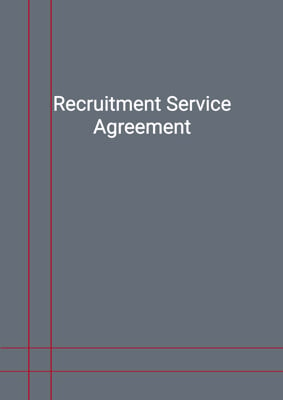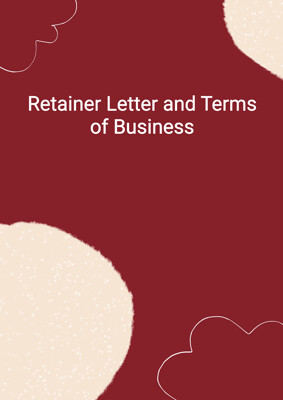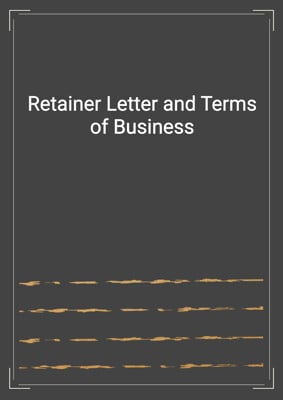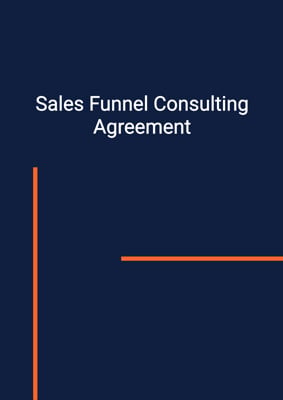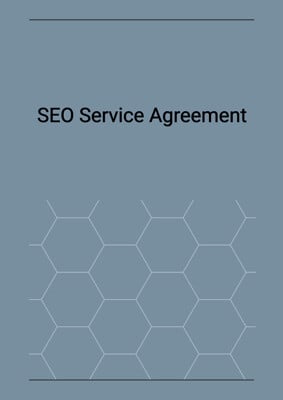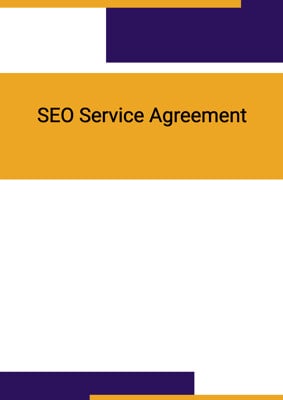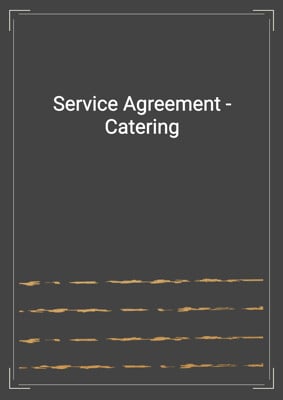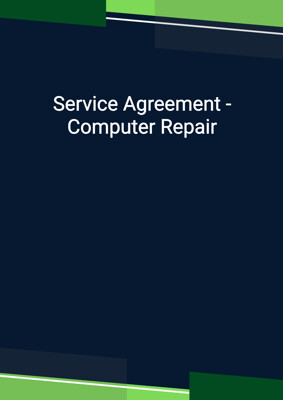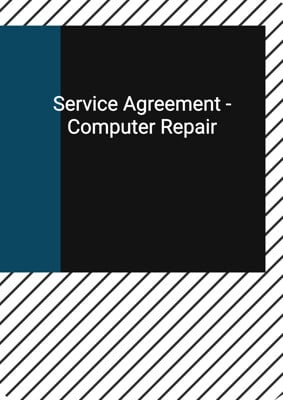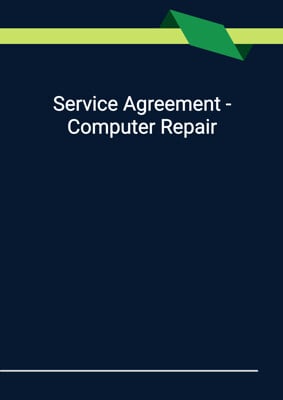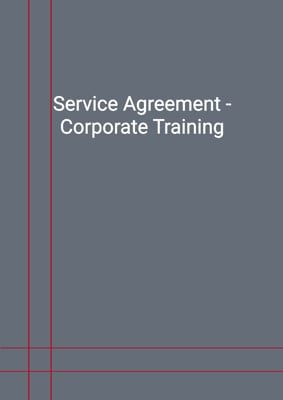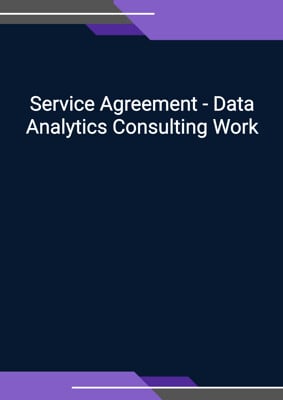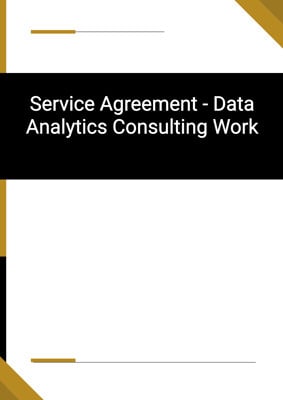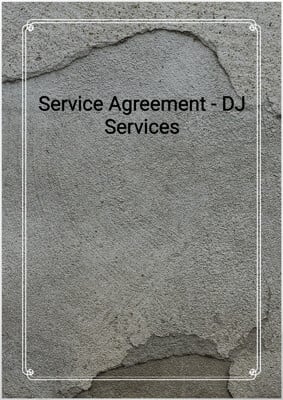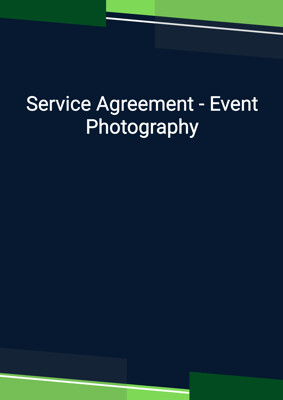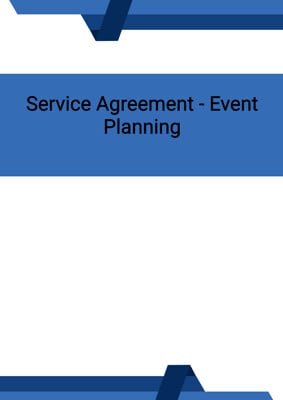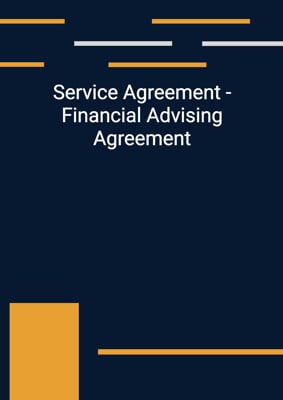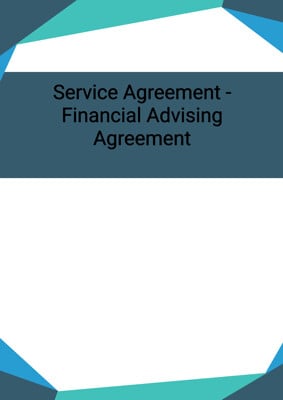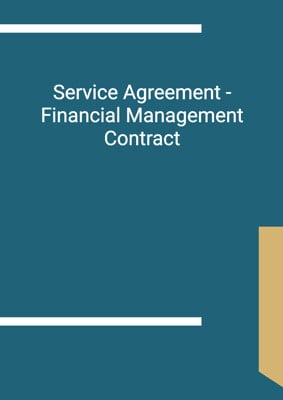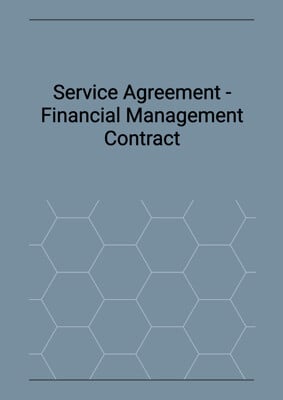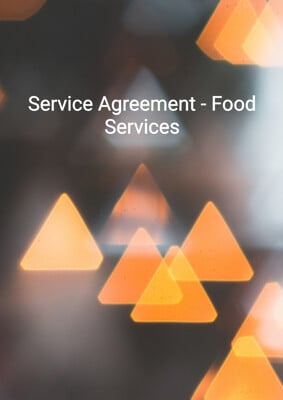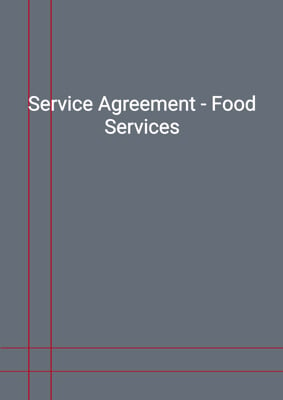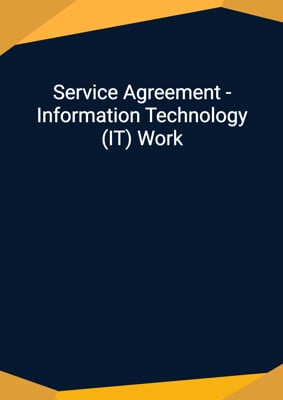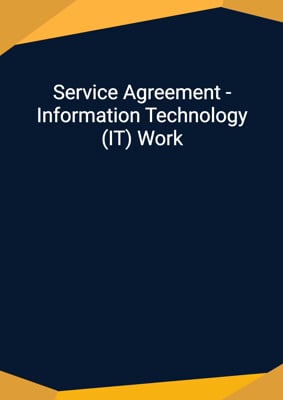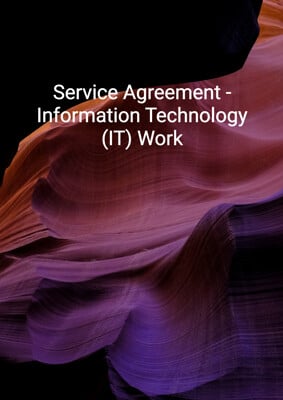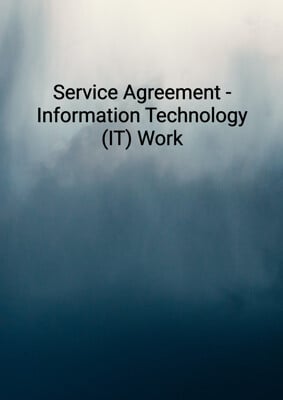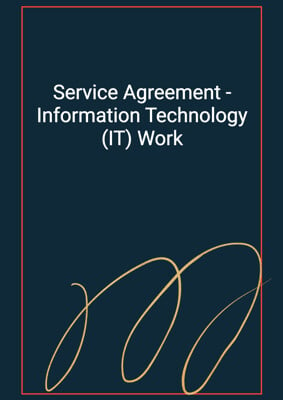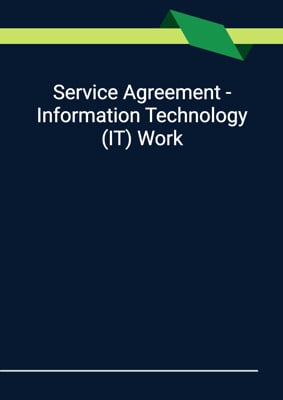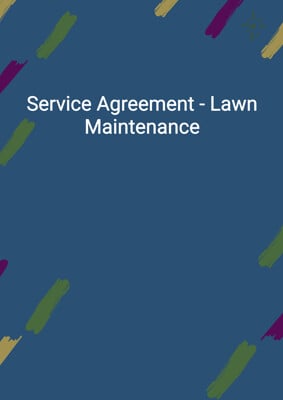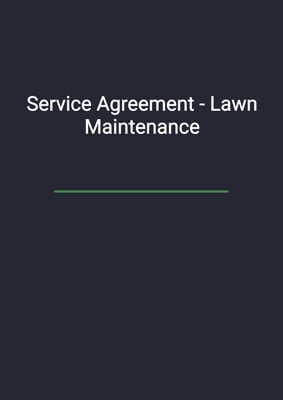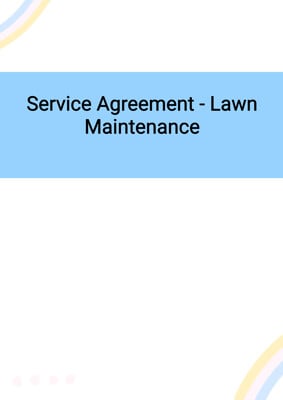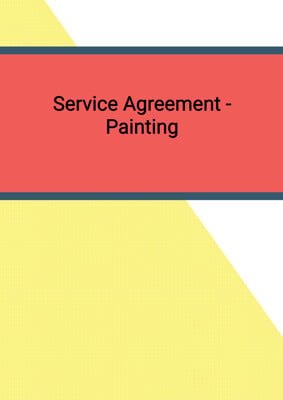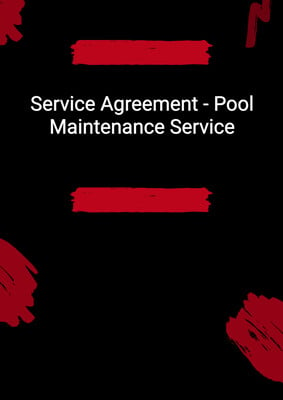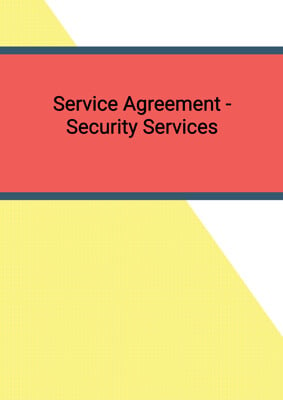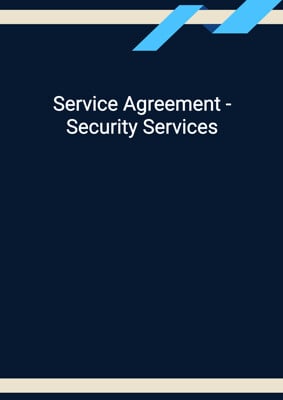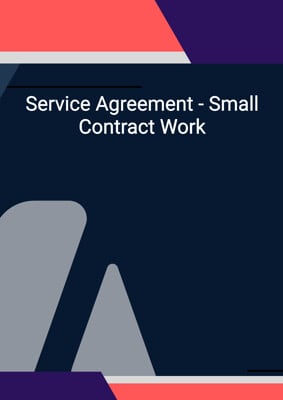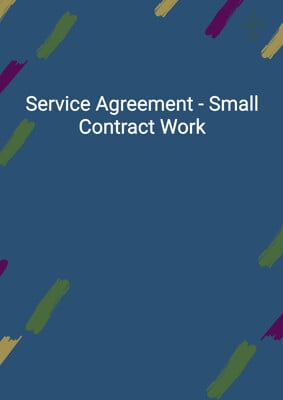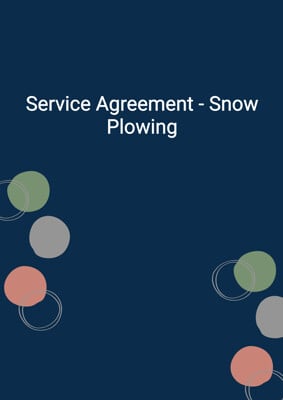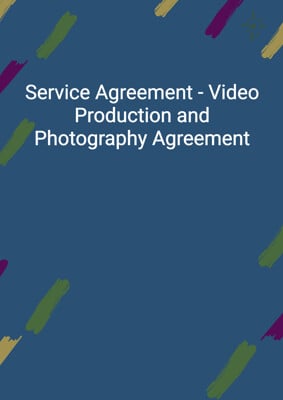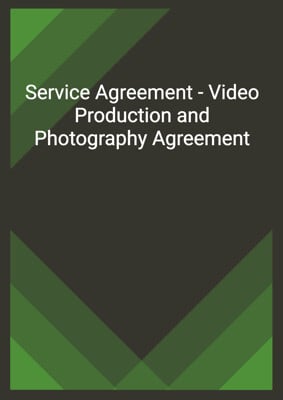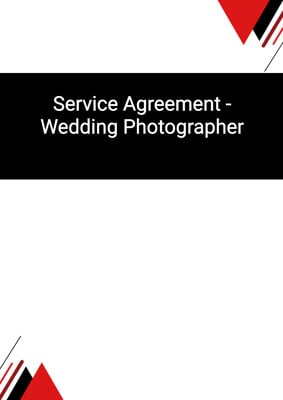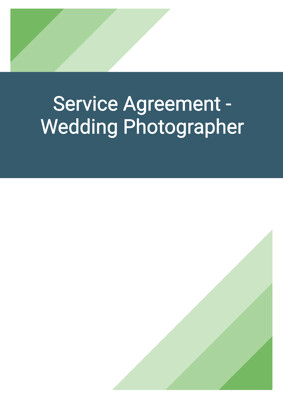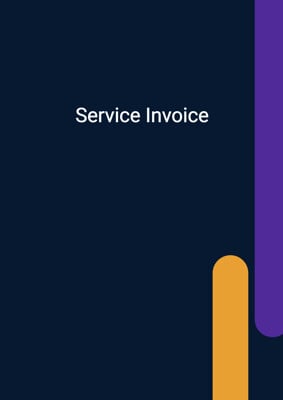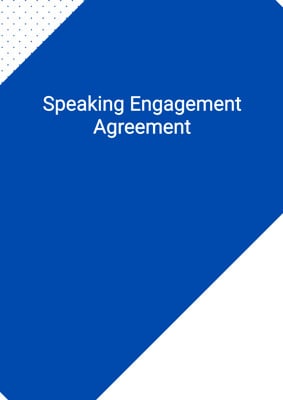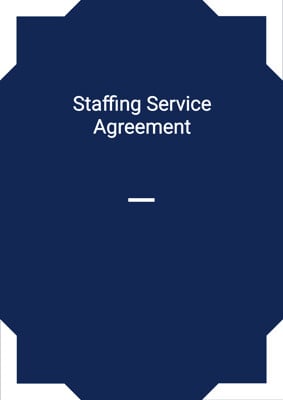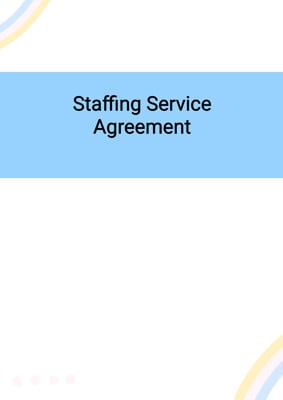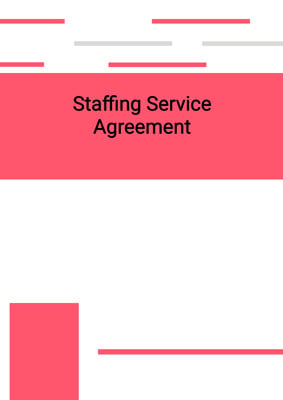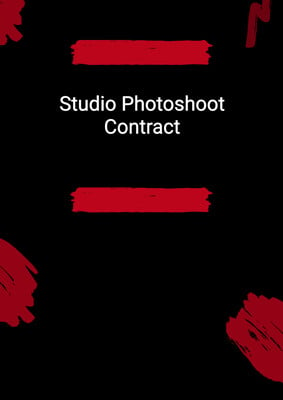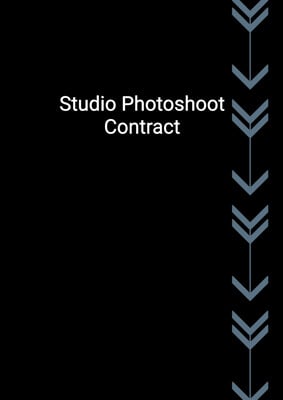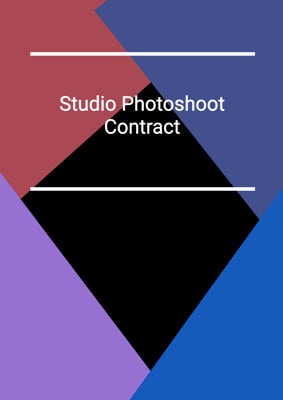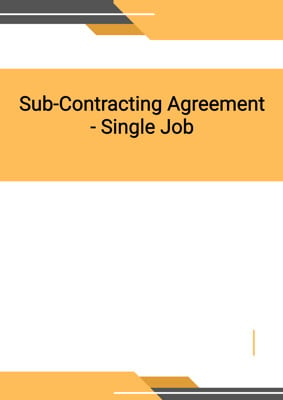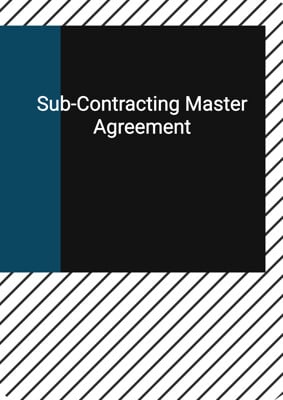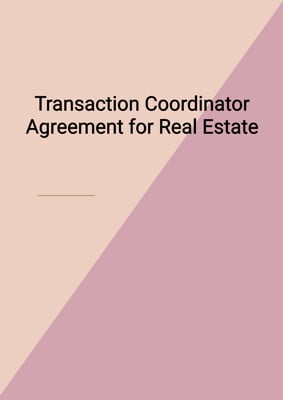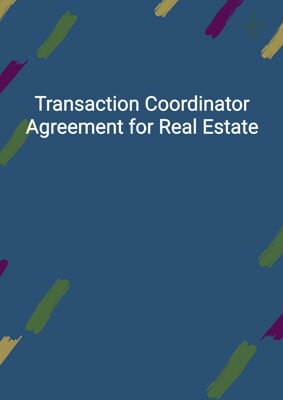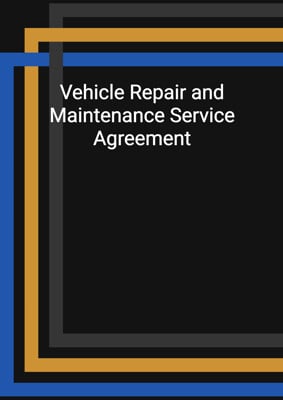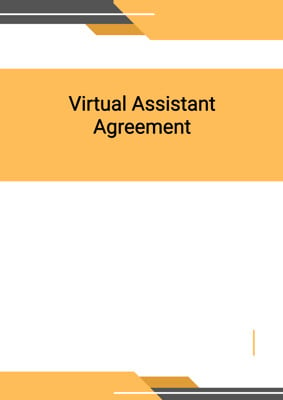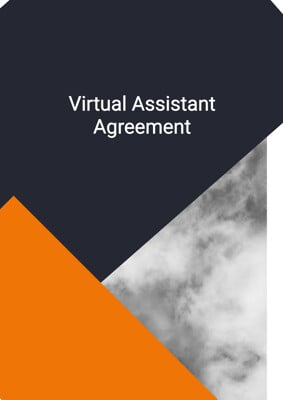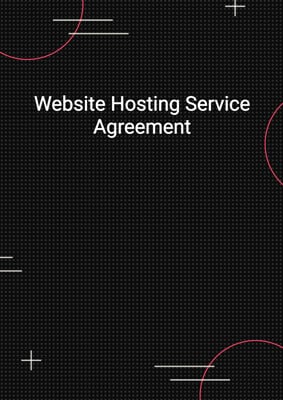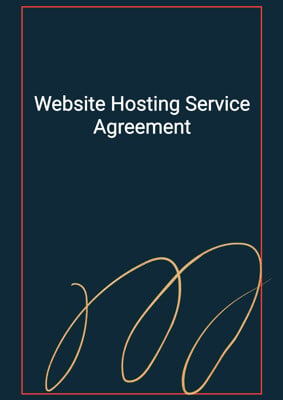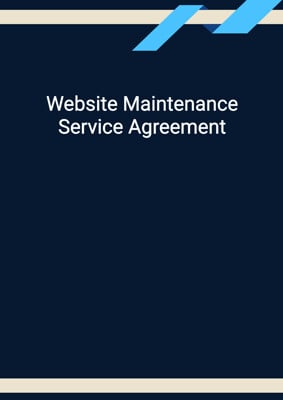How to Tailor the Document for Your Need?
01
Create Document
Fill in the details of the parties. You can click the "Fill with Member’s Information" button to complete it with information saved to your account.
02
Fill Information
Please fill in any additional information by following the step-by-step guide on the left hand side of the preview document and click the "Next" button.
03
Get Document
When you are done, click the "Get Document" button and you can download the document in Word or PDF format.
04
Review Document
Please get all parties to review the document carefully and make any final modifications to ensure that the details are correct before signing the document.
Document Preview
Document Description
This commissioning agreement for NFT artwork is a legally binding document that outlines the terms and conditions between the artist and the minter. The agreement highlights the importance of the document by emphasizing the need for clear communication and understanding between the parties involved.
The entire document is divided into several sections, each addressing specific aspects of the agreement. The introduction provides a brief overview of the parties involved and their respective roles. It states that the artist is in the business of creating and supplying artwork, while the minter wishes to commission the artist to create and supply artwork for the purpose of creating and selling a digitized token - NFT.
The interpretation section defines key terms used throughout the agreement, ensuring clarity and understanding for both parties. It includes definitions for terms such as 'agreement,' 'services,' 'NFT,' and 'work.'
The artist's obligations section outlines the responsibilities of the artist in providing the services to the minter. It emphasizes the artist's commitment to delivering high-quality work that meets industry standards. The section also highlights the artist's compliance with laws and regulations applicable to the services rendered.
The completion of the work section emphasizes the importance of timely completion and the artist's obligation to notify the minter of any delays or problems. It also addresses the possibility of extending the completion date and the consequences of non-completion, including the minter's entitlement to liquidated damages.
The revisions section specifies the number of revisions allowed and the cost of additional revisions beyond the agreed limit.
The fees section outlines the payment terms, including the fee payable to the artist and the invoicing and payment process.
The independent contractor section clarifies that the artist is acting as an independent contractor and not as an employee or agent of the minter. It states that neither party has the authority to bind or obligate the other party.
The warranties and indemnities section highlights the artist's representations and warranties regarding the work, including ownership rights, absence of infringement, and compliance with laws. It also addresses the artist's liability and indemnification of the minter for any loss or claim arising from the artist's acts or omissions.
The term and termination section specifies the duration of the agreement and the circumstances under which either party can terminate the agreement. It also outlines the consequences of termination, including the return of materials and the payment of a fair and reasonable sum for completed work.
The ownership of materials section addresses the ownership of intellectual property rights in the work. It provides different scenarios depending on whether the artist or the minter owns the intellectual property. It also addresses the minter's rights to create an NFT with the work and the artist's right to claim original authorship.
The confidential information section emphasizes the artist's obligation to maintain the confidentiality of the minter's information and return any confidential information upon termination of the agreement.
The announcements/publicity section restricts the parties from making any announcements or disclosures without the prior written approval of the other party, except as required by law or regulatory bodies.
The amendment section states that any variation of the agreement must be in writing and signed by both parties. It clarifies that a variation does not constitute a waiver of any provisions and does not affect any rights or obligations already accrued.
The assignment section prohibits the artist from assigning the agreement or subcontracting the performance without the minter's written consent.
The severability section states that if any provision of the agreement is held to be illegal, void, or unenforceable, it will be deemed not included, but it will not invalidate the remaining provisions. The parties will negotiate in good faith to agree on a valid substitute provision.
The further assurance section requires the parties to perform any further acts or execute any further documents necessary to implement and give effect to the agreement.
The warranty of capacity and power section represents and warrants that each party has the authority and capacity to enter into and carry out its obligations under the agreement.
The force majeure section states that none of the parties will be liable for any failure or delay in performing their obligations under the agreement due to causes beyond their reasonable control.
The no rights under contracts for third parties section clarifies that only the parties to the agreement have the right to enforce its terms.
The arbitration and proper law section encourages the parties to resolve any disputes amicably and in good faith. It also specifies the jurisdiction for any legal proceedings.
The notices and service section outlines the methods and deemed times of giving notice between the parties.
The counterparts section allows the agreement to be executed in multiple counterparts, with each counterpart being an original but together constituting one instrument.
The document concludes with the signatures of the parties and the date of execution.
How to use this document?
1. Review the entire document to understand the terms and conditions of the commissioning agreement for NFT artwork.
2. Pay attention to the definitions provided in the interpretation section to ensure a clear understanding of key terms used throughout the agreement.
3. Familiarize yourself with the artist's obligations, including their commitment to providing high-quality work and complying with applicable laws and regulations.
4. Understand the importance of timely completion of the work and the consequences of non-completion, including the minter's entitlement to liquidated damages.
5. Take note of the number of revisions allowed and the cost of additional revisions beyond the agreed limit.
6. Review the payment terms, including the fee payable to the artist and the invoicing and payment process.
7. Understand the nature of the artist's engagement as an independent contractor and the limitations on their authority to bind or obligate the minter.
8. Consider the warranties and indemnities provided by the artist, including their representations regarding ownership rights, absence of infringement, and compliance with laws.
9. Familiarize yourself with the termination provisions, including the circumstances under which either party can terminate the agreement and the consequences of termination.
10. Understand the ownership of intellectual property rights in the work, depending on whether the artist or the minter owns the intellectual property.
11. Ensure compliance with the confidentiality obligations regarding the minter's confidential information.
12. Seek prior written approval before making any announcements or disclosures related to the agreement, except as required by law.
13. Any variations to the agreement must be in writing and signed by both parties.
14. Understand the jurisdiction and proper law governing the agreement and the process for resolving disputes.
15. Follow the specified methods and deemed times for giving notice between the parties.
16. Keep a record of the executed agreement, including the signatures of the parties and the date of execution.
Not the right document?
Don’t worry, we have thousands of documents for you to choose from:
